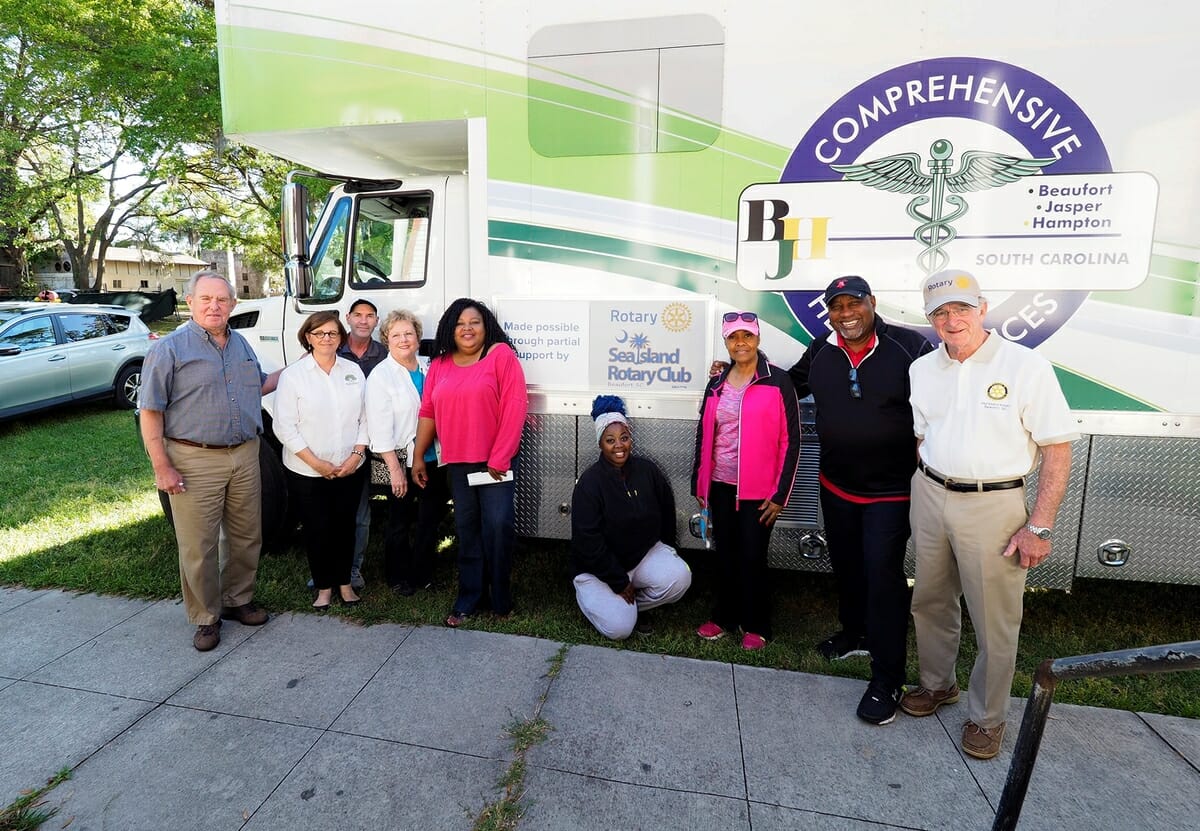PROVIDED BY STATE FARM
Those of us lucky enough to own boats probably don’t spend the majority of our time on the water.
That general lack of familiarity and experience is why when you do set out in a watercraft — whether for fishing, swimming, water skiing or just cruising — it’s extremely important to familiarize yourself with the rules, requirements and recommendations of boating safety.
The following tips and guidelines are compiled from state and national boating safety organizations, including the U.S. Coast Guard.
The easiest boating safety tip: Wear a life jacket. Statistics show that most boating fatality victims weren’t wearing a personal flotation device (PFD) and that nine out of 10 of those water deaths might have been prevented with a PFD.
A life jacket should be available for each person aboard and be worn or properly stowed. Jackets should fit snugly and be the appropriate size — remember that adult jackets will not work for children. Test your jackets once a year for leaks and buoyancy.
Other potentially life-saving tips include:
• Dress for the water temperature, not the air temperature. Hunters and fishermen boating during colder-weather months should remember that cold water can kill.
• If you can’t swim, take lessons. Even a few rudimentary lessons could someday mean the difference between living and drowning.
• If your boat capsizes, stay with it. Not only will it provide floatation assistance, but it’s easier for rescuers to spot.
• Keep a clear head. Be aware of carbon monoxide. All internal combustion engines produce carbon monoxide , an odorless, colorless and poisonous gas. Poor cabin ventilation, blocked exhaust outlets and faulty equipment can contribute to the problem, but carbon monoxide emissions can affect the boat’s swim platform and other areas near the engine.
Install carbon monoxide detectors on your boat and be aware of the early symptoms of carbon monoxide poisoning, such as headaches, nausea, weakness, and irritated eyes — that means staying alert for symptoms that might initially seem like simple seasickness or intoxication.
• Don’t drink and boat. The use of alcohol is involved in about a third of all recreational boating fatalities, according to the U.S. Coast Guard. Boating under the influence (BUI or BWI) is as serious a legal offense as driving while intoxicated. Additionally, the detrimental physical effects of drinking while boating can be even more severe — the motion, noise, sun, wind and spray on the water is more exhausting than usual, accelerating the intoxicating effects of alcohol.
• Plan ahead, know the rules. Before launching your boat, learn the nautical “rules of the road” by taking a boater safety class. They are a large part of boating safety, especially when meeting, crossing or overtaking another boat.
• Leave a float plan. If you’re going to be on the water for a couple hours, make sure someone on land knows where you’re going and when you plan to return. If you’re heading out for a longer stretch, leave a written float plan with the marina or a friend that can aid rescuers in case of an emergency.
• Take a safety class. Insurance discounts may be available for approved boating safety courses.
• Check the weather. Consult local forecasts before heading out, especially during hurricane season.
• Have communication options. Bring a mobile phone sealed in a water-resistant bag, but don’t rely on it completely. Ideally, you should have a VHF marine radio with DCS (Digital-Coded Squelch) that can give the Coast Guard your position in an emergency.
• Use a kill switch lanyard. On power boats and personal watercrafts, this simple tether between you and the ignition key shuts the engine off if you fall overboard or lose your balance while driving, reducing the potential for harm to you or others in the water.
• Check your equipment and supplies. Take time to go over the condition of your important safety, signal and survival gear, including additional clothing, such as warm clothes, a hat and foul weather gear; anchor and extra line; bailer or bilge pump; boat trailer; charts of the local area and a compass; fire extinguishers; first-aid kit; food and water; fuel and batteries; paddles; personal items (sunscreen, medicines, sunglasses); PFDs; lights; sound producing device (for signaling other craft and potential rescuers); visual distress signal; and a tool kit for repairs.
• Get your boat inspected. If you’re unsure of your boat’s condition, get a Vessel Safety Check (VSC). A VSC is a free examination of your boat courtesy of the U.S. Coast Guard Auxiliary to verify the presence and condition of all required safety equipment.
The information in this article was obtained from various sources not associated with State Farm.
These suggestions are not a complete list of every loss control measure. The information is not intended to replace manuals or instructions provided by the manufacturer or the advice of a qualified professional. Nor is it intended to effect coverage under any policies. State Farm makes no guarantees of results from use of this information.



